Education Under Two Flags: AI Ecosystems Deepen the U.S.–China Divide
Input
Modified
The partnerships of old fall out of sight, Now two worlds train minds in separate light. Shared questions fade, replaced by code, For learning stark, where bridges erode.
The widening U.S.–China conflict is already reshaping academic, educational, and social landscapes. Universities, researchers, and students are increasingly divided, split across national lines and competing digital ecosystems. Collaboration may not vanish entirely, but it is becoming more difficult, more regulated, and more cautious. In this new reality, cooperation becomes a challenge. Even so, China’s ambitious approach to educational reform in the age of artificial intelligence offers a model worth observing, even if learning can no longer take place side by side.
Rather than focusing solely on division, it may be time to examine what can still be learned from China's direction with its AI-driven education system. While collaboration stalls, inspiration remains possible.
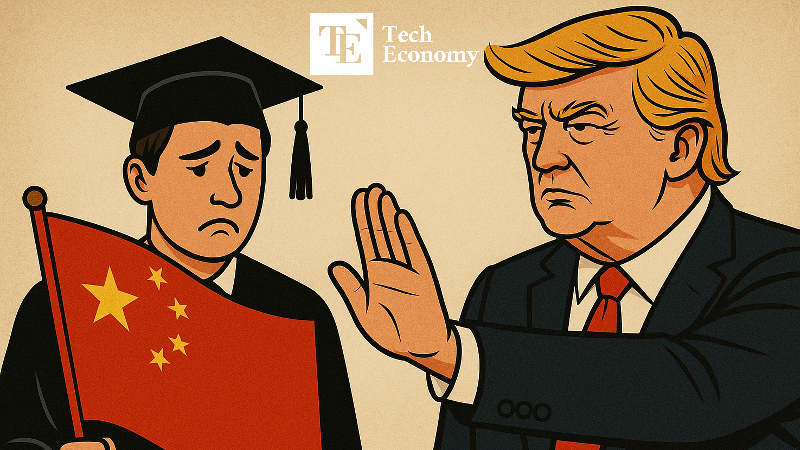
New Walls and Parallel Systems
Over the past few decades, U.S.–China academic collaboration has experienced rapid growth. Chinese scholars filled American graduate schools, and joint research flourished in fields ranging from artificial intelligence to economics. This created a shared intellectual space, especially in cutting-edge scientific fields.
Now, those ties are weakening. Governments have imposed tighter visa restrictions, particularly for students entering sensitive research areas. American universities are being pressured to reduce institutional partnerships with Chinese counterparts. At the same time, China is investing heavily in self-reliance, promoting domestic academic structures and limiting foreign cooperation.
What is emerging is not just rivalry, but two parallel knowledge systems. China is building its own set of tools, technologies, and standards to replace or compete with those in the West. American institutions, once accustomed to being the default destination for talent, now face a reality where global students and researchers may choose an entirely different path.
In this environment, collaboration is no longer automatic. The trust that once supported joint work has weakened. Even where formal partnerships persist, they often come with restrictions, oversight, and suspicion.
China’s AI-Driven Education Reform
While geopolitical tension limits external partnerships, China is turning inward with renewed intensity. It is pushing a nationwide reform to embed artificial intelligence into every level of its educational system. The aim is precise: to prepare a generation that understands, builds, and controls intelligent systems from a young age.
Across primary and secondary schools, AI literacy is being taught as a core subject. Children are introduced to the basic principles of machine learning, data patterns, and algorithmic thinking at an early age. By the time students reach high school, they are learning about real-world applications and even ethical issues surrounding AI.
Teachers are being trained systematically. Programs ensure that educators at all levels can guide students through the digital tools now present in most classrooms. Adaptive learning platforms are helping personalize instruction, monitor student progress, and adjust content to individual needs.
At the university level, China’s investment is equally aggressive. Funding supports curriculum development in AI, teacher training, research centers, and strategic partnerships among institutions. This is part of a national effort to ensure that China has its pipeline of talent and ideas, independent of foreign platforms or approval.
Whether one agrees with this model or not, it reflects a long-term strategy. There is a coherence and urgency to China’s reforms that many education systems, including those in the United States, have yet to match. While American classrooms debate the ethics of AI or wrestle with infrastructure, China is implementing at scale.
This does not mean the Chinese approach is flawless. Concerns about surveillance, centralization, or ideological control remain valid. However, the vision itself, a comprehensive national plan to integrate AI into education, deserves close attention.
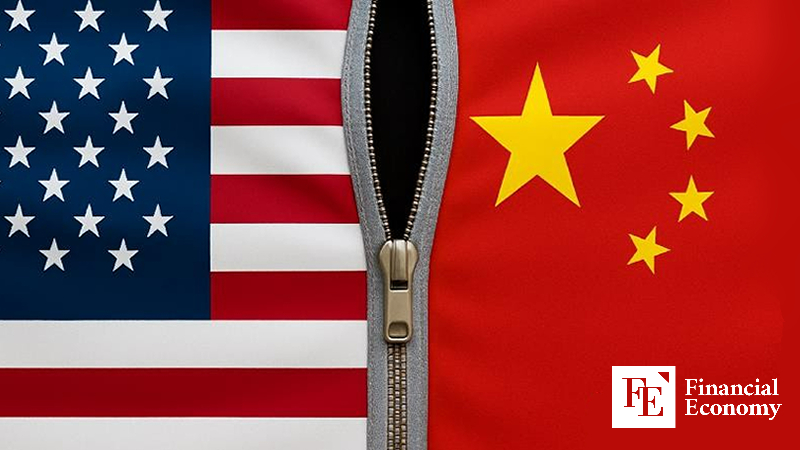
What Cooperation Can and Should Look Like
It is tempting to think the era of international academic exchange is over. Indeed, the ease with which American and Chinese researchers once collaborated has declined. Joint publications may fall. Student mobility is already lower than it was just a few years ago. Governments on both sides are less trusting of each other.
Yet cooperation should not be dismissed altogether. Global problems, such as climate change, health crises, and technological governance, still require shared solutions. Limited collaboration in specific areas could provide mutual benefits. New models, selective exchange, virtual classrooms, or collaborative platforms with built-in safeguards may merge to preserve what remains of the global intellectual commons.
At the same time, American institutions need to look outward, even during periods of inwardness. China’s AI-first education strategy is not just a domestic initiative; it is a signal of how seriously governments can be about future skills. The United States should respond not by copying it wholesale, but by learning from its scope and ambition.
How can American schools ensure that AI literacy is accessible to every student? What training do teachers need to prepare the next generation for a world shaped by algorithms? How can digital tools be used to reduce inequality rather than increase it?
If these questions remain unanswered, the United States risks falling behind, not in a race against another country, but in preparing its citizens for the realities of a changing world. Academic freedom, creativity, and critical thinking remain strengths, but they require updated systems to stay relevant in the age of AI.
There is still time to adapt. Even if there are fewer bridges, windows remain open. As China reshapes its educational landscape with bold moves and clear direction, American educators and policymakers face a choice. They can watch from a distance or act with equal clarity to build a system that matches the needs of the moment.
Division may be inevitable in geopolitics. But learning, if taken seriously, can still cross borders. The future of cooperation depends not just on treaties and trust, but on a shared willingness to prepare minds for the world ahead.

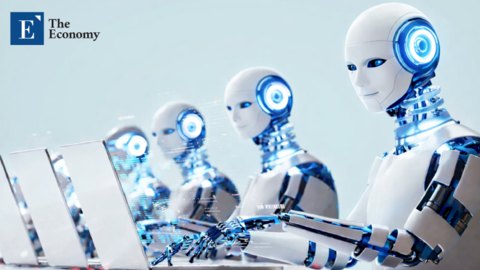
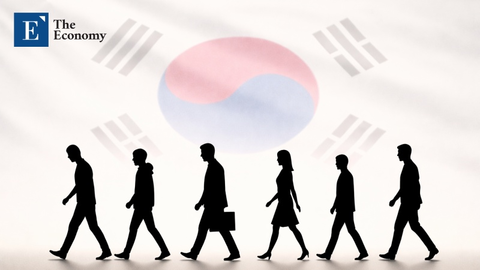
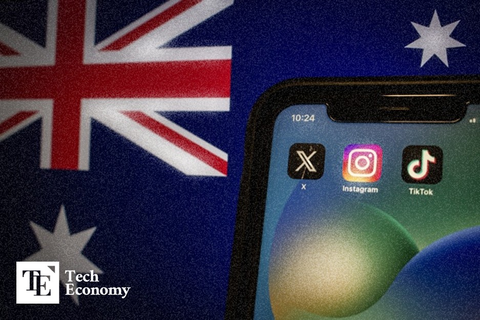













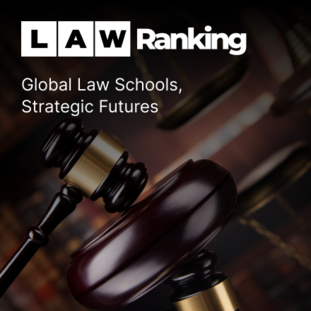




Comment